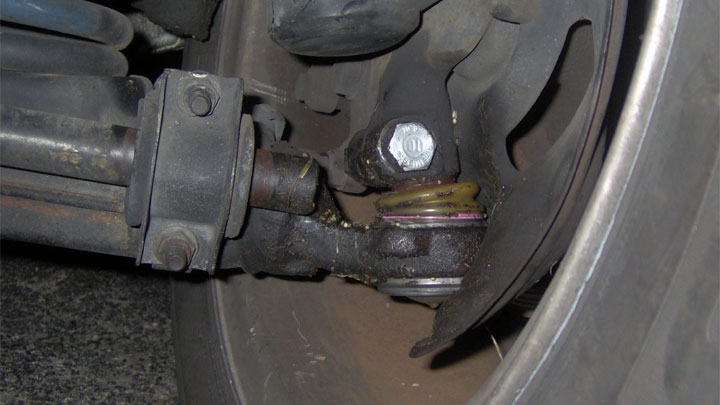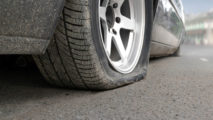Last Updated on July 5, 2022
When you’re driving down the road do you keep hearing a loud clunking sound every time you drive over a bump? Are you noticing uneven tire wear? You might have a bad ball joint.
But what exactly is a ball joint, and how much is it going to cost you if that is the problem? We’ll break it all down for you here.
Even if that’s not what’s going on you’ll know what to keep an eye out on so you can catch a worn-out ball joint early and potentially save yourself some money in the future!
What Is a Ball Joint?
You can find ball joints on just about any vehicle on the road, as they’re critical parts of the vehicle’s suspension and steering system.
The easiest way to describe a ball joint is that it’s a bearing that allows components in the suspension and steering systems to move without metal-to-metal contact. The actual ball-joint is a sphere that sits inside a ball-joint bushing, usually a rubber component that you fill with grease.
These ball joints are critical to the smooth operation of your vehicle, and properly caring for ball joints can extend the service life of various components in your vehicle’s suspension and steering systems.
You can have these ball joints on both the front and rear suspension components, and you typically have one on the end of each tie rod in the steering system.
Ball Joint vs Tie Rod
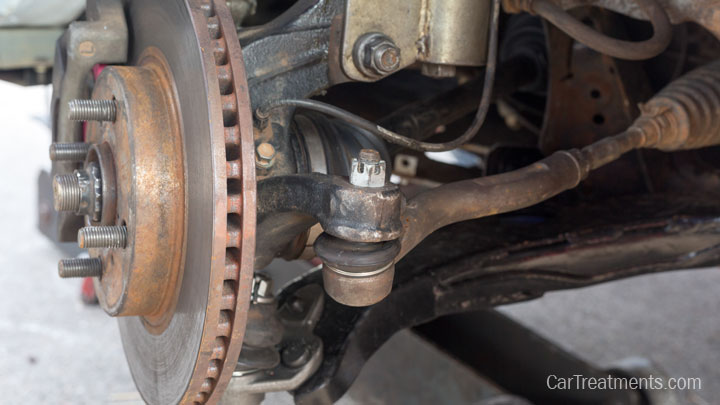
When you’re reading about ball joints, it’s a common misconception to think, “isn’t that just the tie rod?”. The truth is that while the tie rod has a ball joint on the tie rod end, they’re not the same component, although you almost always replace them together.
The ball joint is simply the rubber piece with the threaded bolt on the end of the tie rod. While new tie rods come with a new ball joint, it’s not the only component in your vehicle that uses ball joints. Two other common suspension components that use ball joints are the upper and lower control arms.
Symptoms of a Worn Ball Joint
Now that you know a little more about what a ball joint is and what it does, it’s time to figure out if that’s really what’s going on with your car. Below are four different symptoms that could be telling you that it’s time to replace your vehicle’s ball joint.
#1 – Clunking or Rattling Noise
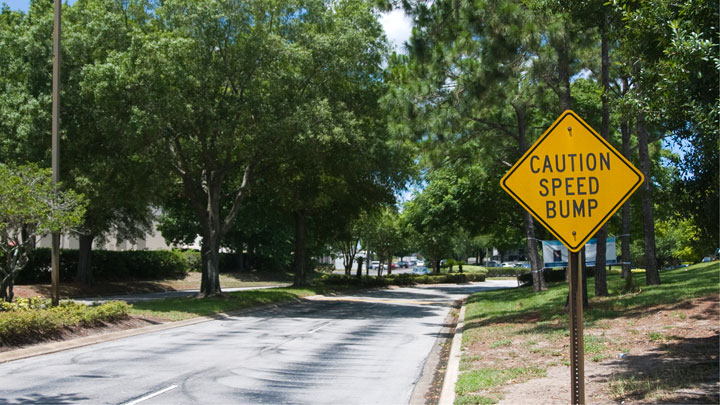
Noise is by far the most common symptom of a bad ball joint. Whether it’s a blown-out ball joint bushing or a damaged ball joint if there’s excessive play, you’ll hear the chatter as it bounces around down there.
Metal on metal contact isn’t a quiet thing, and it doesn’t sound good. The noise will be especially noticeable when going over uneven surfaces, as that’s when the ball joints really have space to bounce around and make a racket.
#2 – Loose or Pulling Steering

Whether it’s a damaged ball joint on the tie rod end or the control arm, your vehicle won’t steer right if it has a damaged ball joint. That’s because there’s play in the system, which means you’ll have to turn farther to get the same results.
It also means your vehicle might chatter along the road a bit as you turn, as the ball joint bounces back and forth. When you take your hands off the steering wheel, your vehicle will also likely pull right or left, and it’s not outside the realm of possibility it could pull either way completely depending on how the bumps hit it that time.
#3 – Excessive Cabin Vibrations

When things are bouncing around in your steering and suspension system, chances are you’re going to feel it. The vehicle is bouncing around and the system that’s supposed to level out your vehicle isn’t working the way it should.
But while you’ll likely feel it, there’s a good chance that it’s not going to be as excessive as you might think. Unless the ball joints are extremely worn down, it’s not like they’re jumping around a ton. But it will be loud and it won’t feel like you’re riding on a new suspension system.
#4 – Uneven Tire Wear

While it’s best to catch a worn-out ball joint before it gets to this point if you let it go long enough, there’s a good chance you’ll notice uneven tire wear. This uneven wear typically occurs on either the inner or outer tread of the tire, but not both.
Not only that but there’s a good chance your vehicle’s tires are going to wear out much faster than they would if everything was working properly.
Can You Drive on a Bad Ball Joint?
While the chances of something catastrophic happening if you drive on a bad ball joint are slim, it’s not zero. The ball joint holds critical pieces of your suspension or steering system together, and if it wears down enough, it can fail completely.
If this happens, you could lose control of your vehicle and get into an accident. Because of this we highly recommend replacing bad ball joints as soon as you discover the problem.
Ball Joint Replacement Cost
Best places to order parts? See: 19 Best Online Auto Parts Stores
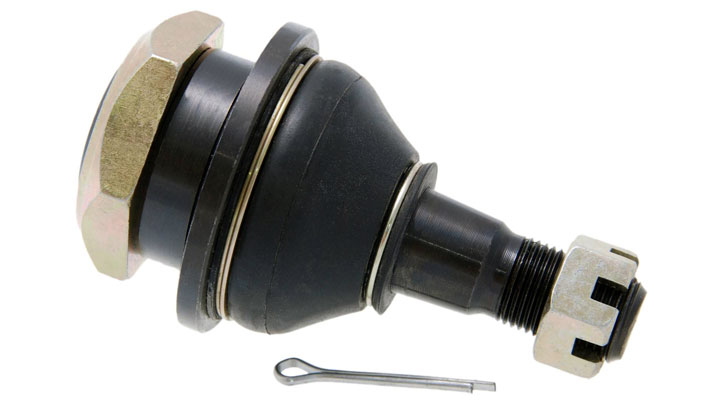
The good news is that if you need new ball joints on your vehicle, you shouldn’t have to spend a ton. Expect to spend anywhere between $250 and $350 if you have a mechanic swapping out the parts for you.
About $200 to $300 of that price comes down to labor, but if you think you can do the job yourself, you might want to reconsider. You’ll need a ball joint press to push out and install the new ball joint, and that’s not something many at-home mechanics have on hand.
If you’re looking to do it yourself, you’re better off just replacing the entire component, and that typically costs just as much as having a mechanic replace the ball joint for you.
Should Ball Joints Be Replaced in Pairs?
While it’s technically not necessary to replace ball joints in pairs, if one is wearing out, there’s a good chance the other one doesn’t have too much life left on it.
If the mechanic is pressing out the old ball joint and replacing it instead of replacing the entire component, we highly recommend having them replace both of them at once.
The reason for this is that the labor overlaps, so you won’t have to spend as much compared to them coming back and replacing the other ball joint in the future.
Is an Alignment Necessary After Replacement?
Probably not. As long as you’re only replacing the control arm ball joints, and the last alignment occurred when the ball joints were in good shape, you shouldn’t have to complete an alignment after the swap.
However, if the tie rod ball joint was the problem, you will need an alignment, and if you feel your vehicle pulling after the replacement, there’s a good chance the previous alignment was off because of a bad ball joint and you didn’t realize it.
Finally, if you left the bad ball joint on your vehicle long enough that could’ve thrown the alignment off before you replaced it. Still, just because you’re replacing the ball joint doesn’t mean you automatically need an alignment.

